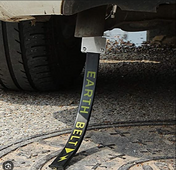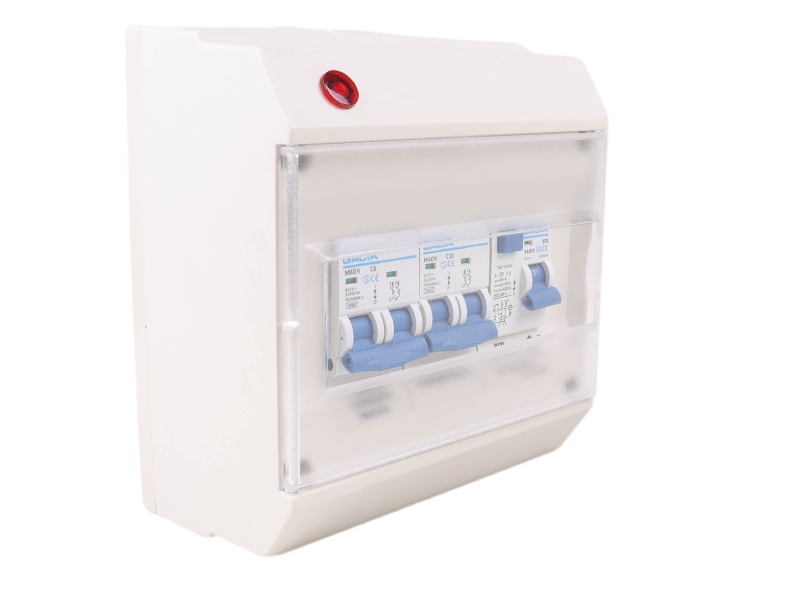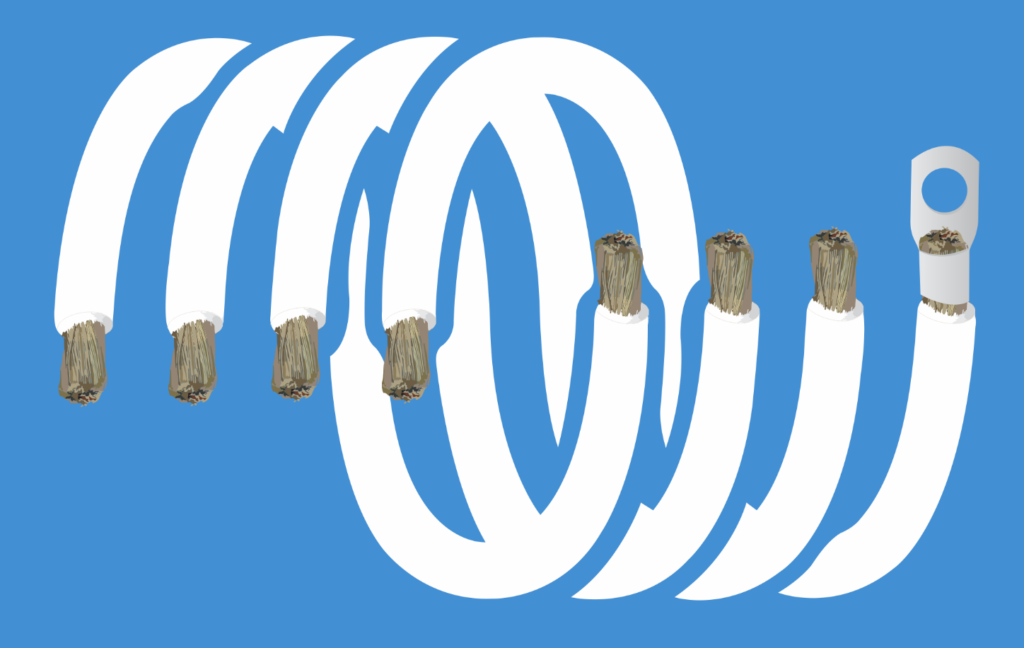differ from standards in UK
Much the same. With imported AC, the neutral to earth bond is at the supply point, not in the van, but the protective earth conductor in the supply cable must connect to van metal. With locally generated AC as a permanent instalation, the power source must be neutral to earth bond and earth leakage fitted, (RCD in the UK). The inverter exception is a pass through inverter operating in pass through mode, where the bond is at the AC external supply point.
high amperage DC devices it's recommended to use a dedicated return circuit. For example, when including a DC to AC Inverter, it's best practices to wire + and - directly to your battery or bus bars. Don't try to use the car's metal body as the negative return circuit.
Every metal bodied vehicle uses the metal as an negative return for the alternator and starter circuits. The issue with van conversions is that often a poor connection to the metal is made, so creating issues.
The use of dedicated return negatives does not negate the need for the house battery to have the negative connected to vehicle metal.
Any earth point on equipment casing, chargers and inverters, should connect to van metal.
An issue that is causing some problems with conversion of newer vehicles, is smart alternator charging. There are current detection circuits in starter battery negative conection to the vehicle metal. This is used to control the charging process. When fitting DC to DC chargers or power relays for house battery charging, the negative feed must be from vehicle metal to avoid compromising vehicles charging.
In the UK there are 'van life' guys putting a great deal of advice on you tube videos regarding van conversion electrical systems. The majority of advice is unsafe practice. Unlike most other European countries, for personal vehicle use, there is no requirement to use qualified electrical installers or to have the system tested to the required standards.







